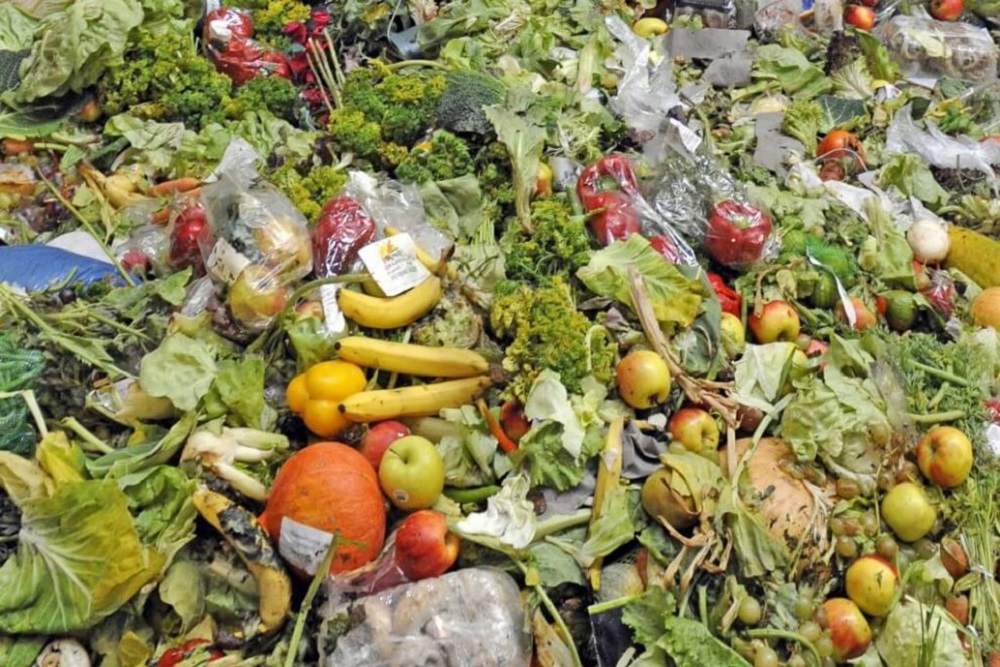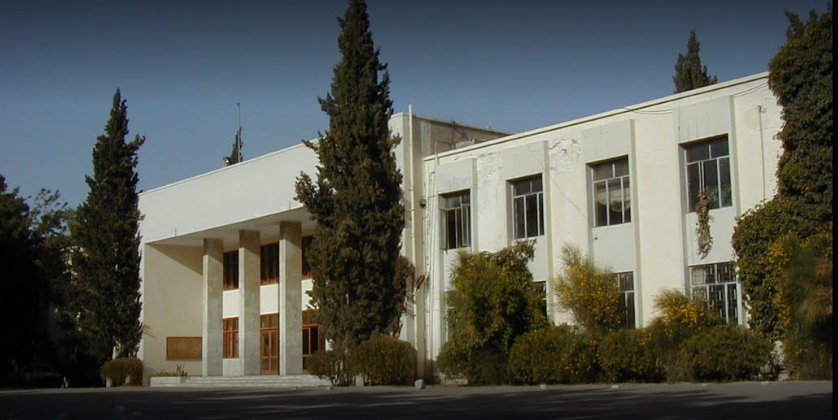A group of Purdue University scientists has developed a new way of generating hydrogen fuel from excessive food waste in the United States.
According to the announcement, the team of scientists found a way to produce hydrogen from food waste without employing the existing methods which involved essentially allowing the food to rot naturally before conversion.
The new process created by Purdue University scientists involves utilizing yeast to break down the food waste and turn it into clean hydrogen for other use with pre-processing steps taking approximately 18-24 hours.
Robert Kramer, professor of physics at Purdue University Northwest, said in a statement that the initiative was developed by scientists who wanted to simplify the process of conversion.
According to him, the existing methods were slow and involved letting the food rot, but the group of scientists wanted to create a simple way to turn all that food waste into a clean source of energy.
Kramer stated:
Our system basically allows a user to take food waste, grind it, place it in a reactor and use our process to create hydrogen in about 18-24 hours. That’s much faster than the days it takes with other methods.
Purdue University scientists method could lead to other discoveries
Kramer also estimated that the new Purdue University scientists’ discovery could lead to a 20 percent-25 percent increase in efficiency when producing hydrogen from food waste compared with current methods.
The Professor said the method could be easily multiplexed with solar thermal technology to make a stand-alone power source in addition to being a clean fuel source and having multiple applications in the agro-food and transportation industries.
Notably, until recently, the production of hydrogen for local use as clean fuel has been mainly through bacterial degradation of food waste, which also causes slow production and complex pre-processing of the raw material.
The Purdue University scientists worked with the Purdue Research Foundation Office of Technology Commercialisation to license the technology.
America biggest sources of waste
Recently, it was reported that the world produces over two billion tons of municipal solid waste every year, enough to fill over 800,000 Olympic sized swimming pools.
Per head of population, the worst offenders are Americans who produce three times the global average of waste, including food waste.
A lot of food waste is thrown away by grocery stores. Some are better about not wasting food than others. Still, seven of the ten largest grocery chains have not committed to developing a zero-waste program, according to the Centre for Biological Diversity.
A large amount of waste available would also make it easier for the Purdue University scientists to break new ground on their discovery.







